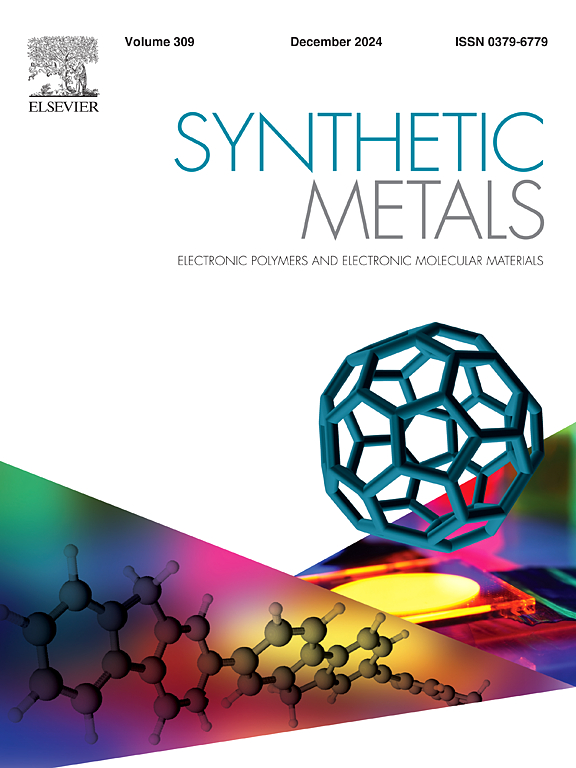Recent innovations in EMI shielding materials for stealth technology
IF 4.6
3区 材料科学
Q2 MATERIALS SCIENCE, MULTIDISCIPLINARY
引用次数: 0
Abstract
Electromagnetic Interference (EMI) shielding is a critical component of stealth technology, enabling platforms to reduce their radar cross-section and maintain operational secrecy. As a cornerstone of passive countermeasures in military applications, Radar Absorbent Materials (RAMs) are materials specifically engineered for lowering radar signal reflection or absorption, thereby enhancing stealth capabilities. This study explores recent advancements in EMI shielding materials, design methodologies, and the integration of Artificial Intelligence (AI) to enhance the stealth results from modern military systems. Beginning with the fundamentals of EMI shielding and its diverse applications, the subsequent sections discuss methods for evaluating shielding system effectiveness. Innovative materials such as conductive polymers, graphene-based composites, carbon, MXenes, and metamaterials are examined through the lens of cutting-edge research and development. The review highlights the importance of EMI shielding in components like cables, connectors, and enclosures, while also addressing the role of machine learning techniques in advancing this field. Challenges associated with developing stealth-enhancing and multifunctional EMI shielding materials are analysed, emphasizing the need for further study to fulfil the increasing requirements of electronic systems of the future. and stealth technologies. This review aims to provide valuable insights and direction for advancing functional EMI shielding materials.
用于隐身技术的电磁干扰屏蔽材料的最新创新
电磁干扰(EMI)屏蔽是隐身技术的关键组成部分,使平台能够减少雷达横截面并保持操作保密性。作为军事应用中被动对抗的基石,雷达吸收材料(RAMs)是专门设计用于降低雷达信号反射或吸收的材料,从而增强隐身能力。本研究探讨了电磁干扰屏蔽材料、设计方法和人工智能(AI)集成方面的最新进展,以增强现代军事系统的隐身效果。从电磁干扰屏蔽的基本原理及其各种应用开始,随后的章节讨论评估屏蔽系统有效性的方法。创新材料,如导电聚合物、石墨烯基复合材料、碳、MXenes和超材料,通过前沿研究和开发的镜头进行检查。该综述强调了电缆、连接器和外壳等组件中EMI屏蔽的重要性,同时也解决了机器学习技术在推进该领域的作用。分析了与开发隐身增强和多功能电磁干扰屏蔽材料相关的挑战,强调需要进一步研究以满足未来电子系统日益增长的需求。还有隐形技术。本文旨在为功能性电磁干扰屏蔽材料的发展提供有价值的见解和方向。
本文章由计算机程序翻译,如有差异,请以英文原文为准。
求助全文
约1分钟内获得全文
求助全文
来源期刊

Synthetic Metals
工程技术-材料科学:综合
CiteScore
8.30
自引率
4.50%
发文量
189
审稿时长
33 days
期刊介绍:
This journal is an international medium for the rapid publication of original research papers, short communications and subject reviews dealing with research on and applications of electronic polymers and electronic molecular materials including novel carbon architectures. These functional materials have the properties of metals, semiconductors or magnets and are distinguishable from elemental and alloy/binary metals, semiconductors and magnets.
 求助内容:
求助内容: 应助结果提醒方式:
应助结果提醒方式:


